Are you yearning for a break from the bustling vibrancy and towering neon billboards of Tokyo? If so, it’s time to explore the tranquil havens waiting just outside of Tokyo. These trips will not only rejuvenate your senses, but also offer you a glimpse of Japan’s authentic, untouched nature. Known for their deep-rooted love for balanced coexistence with nature, the Japanese have beautifully curated landscape gardens and secluded shrines that are bound to leave you in awe during your excursions outside of Tokyo.
There are many cities outside of Tokyo you can add to your Japan itinerary, with many places near Tokyo that can be accessed as a day trip from the capital. While I could delve into a comprehensive discourse about every city and quaint town scattered across the island of Honshu, I’ll spotlight the top must-visit locations outside Tokyo that you should add to your itinerary.
Best Trips Outside Tokyo
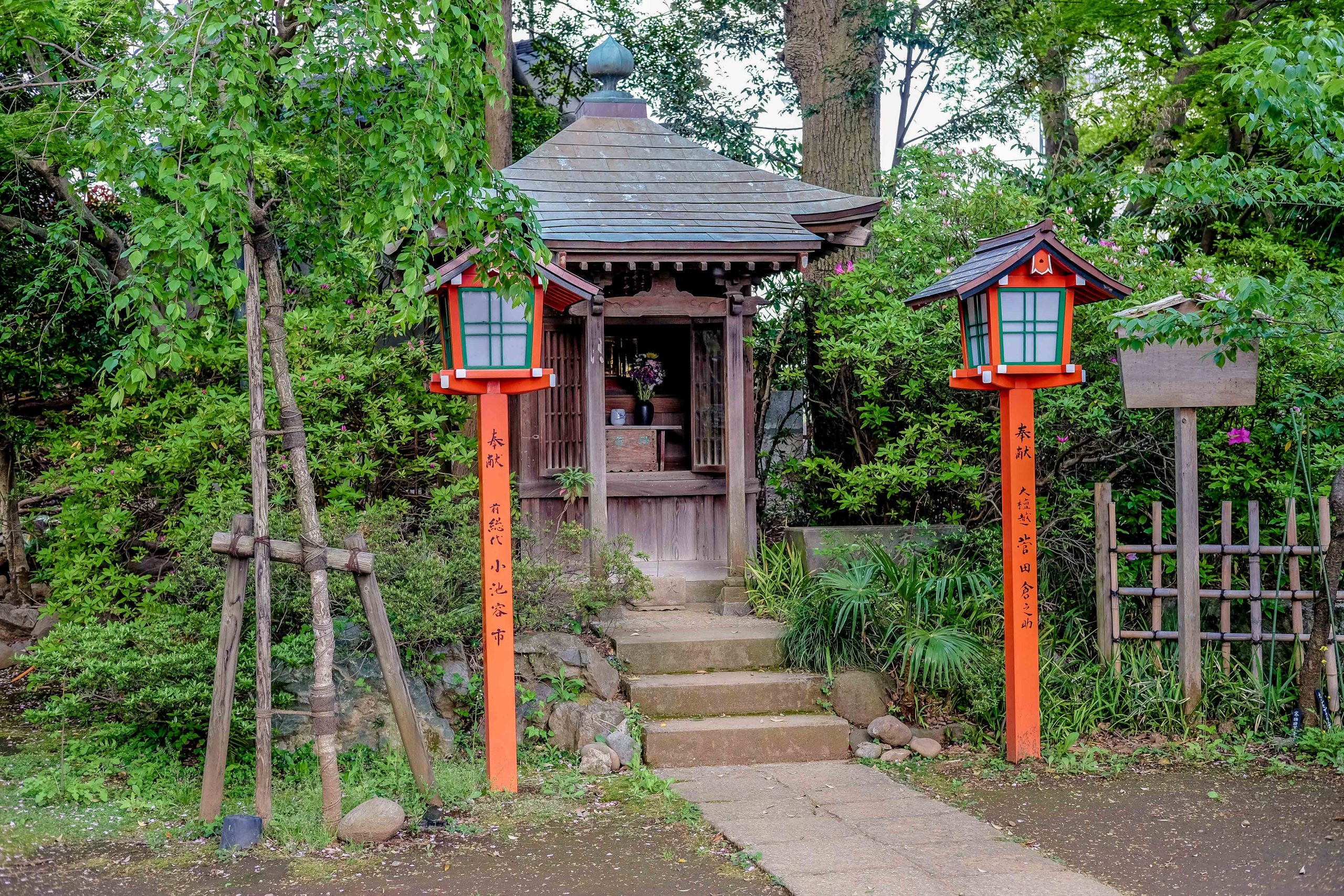
The best trips to take outside Tokyo are just a short distance from the capital. These are accessible by public transport and can be done in one day. I usually recommend taking day trips outside Tokyo only if you plan an extensive 2 weeks in Japan or 3 weeks in Japan, as otherwise, you’ll want to focus on the main highlights.
In a nutshell, the best places to visit near Tokyo are:
- Nikko
- Mount Fuji
- Yokohama
- Snow Monkey Park
- Nagano
- Tokoraki Valley
Let’s get into details and understand why these are the best places to visit outside Tokyo and how to reach them for the perfect day itinerary.
Nikko
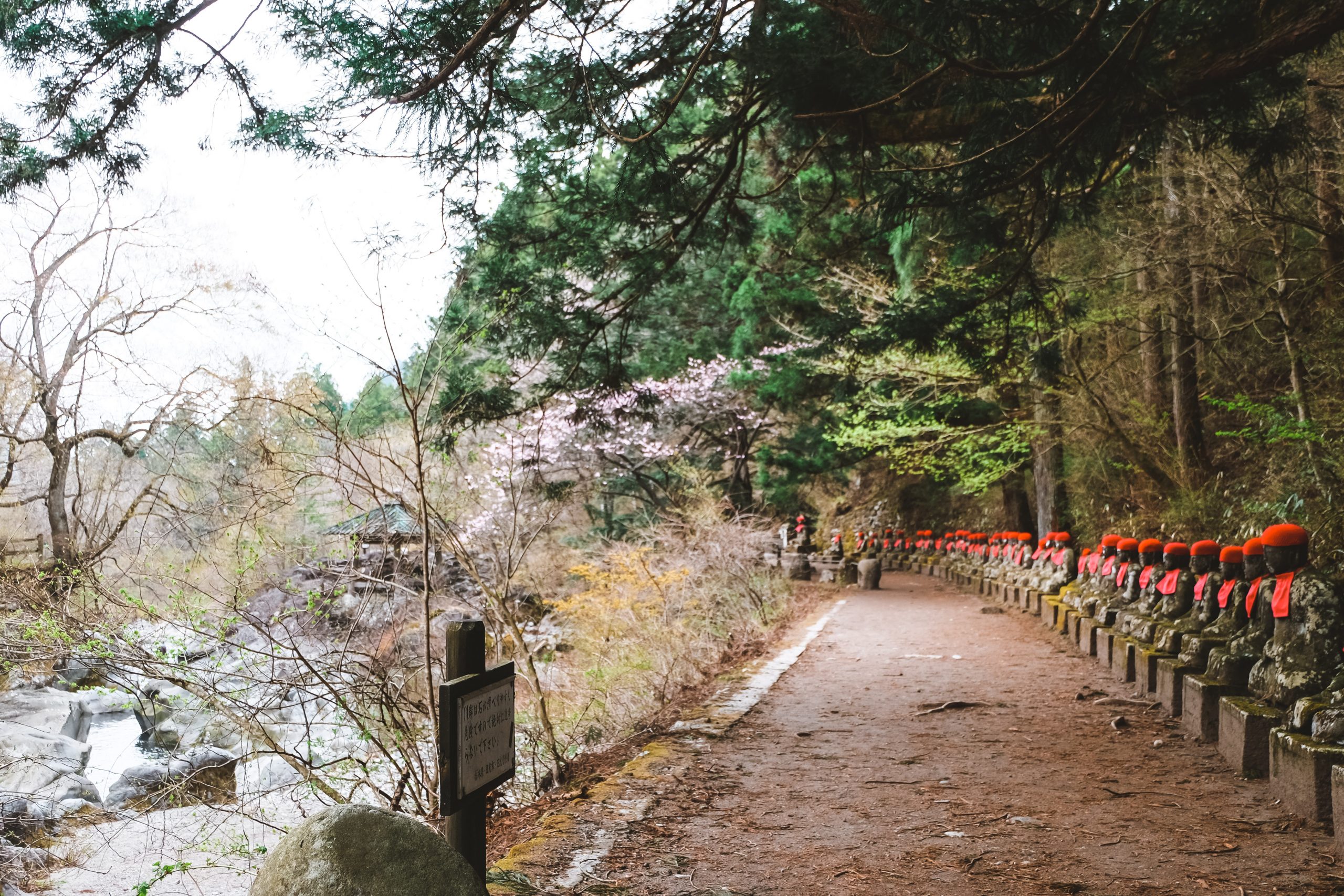
Nikko, a gem situated outside of Tokyo, is one of my favourite destinations in Japan that should undoubtedly be on your list for a day trip. Just a two-hour train ride away from Tokyo, Nikko is a perfect retreat from Tokyo’s busy streets. There are many things to do in Nikko including seeing temples, hiking in nature, photographing waterfalls and soaking in onsen.
You will visit Nikko for its cultural heritage and surreal natural beauty. As the spiritual heart of Japan, it houses numerous ancient temples and shrines, including the sacred Shinkyo Bridge and the lavishing Toshogu Shrine, a UNESCO World Heritage site.
Nature enthusiasts will be captivated by Nikko National Park’s scenic landscapes, which looks especially wonderful during the koyo festival in the autumn. From the vibrant autumn foliage of Lake Chuzenji to the spectacular Kegon Waterfall, and the serene hiking trails of Mount Hangetsu, Nikko’s natural wonders are out of this world.
Lastly, for those seeking rejuvenation, a dip in one of Nikko’s many onsens (hot springs) is an absolute must. The Yumoto Onsen, nestled in the mountains, offers a unique experience of relaxation and tranquillity.
In essence, Nikko is the perfect day trip from Tokyo. Its proximity to the city and the variety of attractions it offers cater to the interests of every traveller, promising an unforgettable journey outside of Tokyo.
Mount Fuji
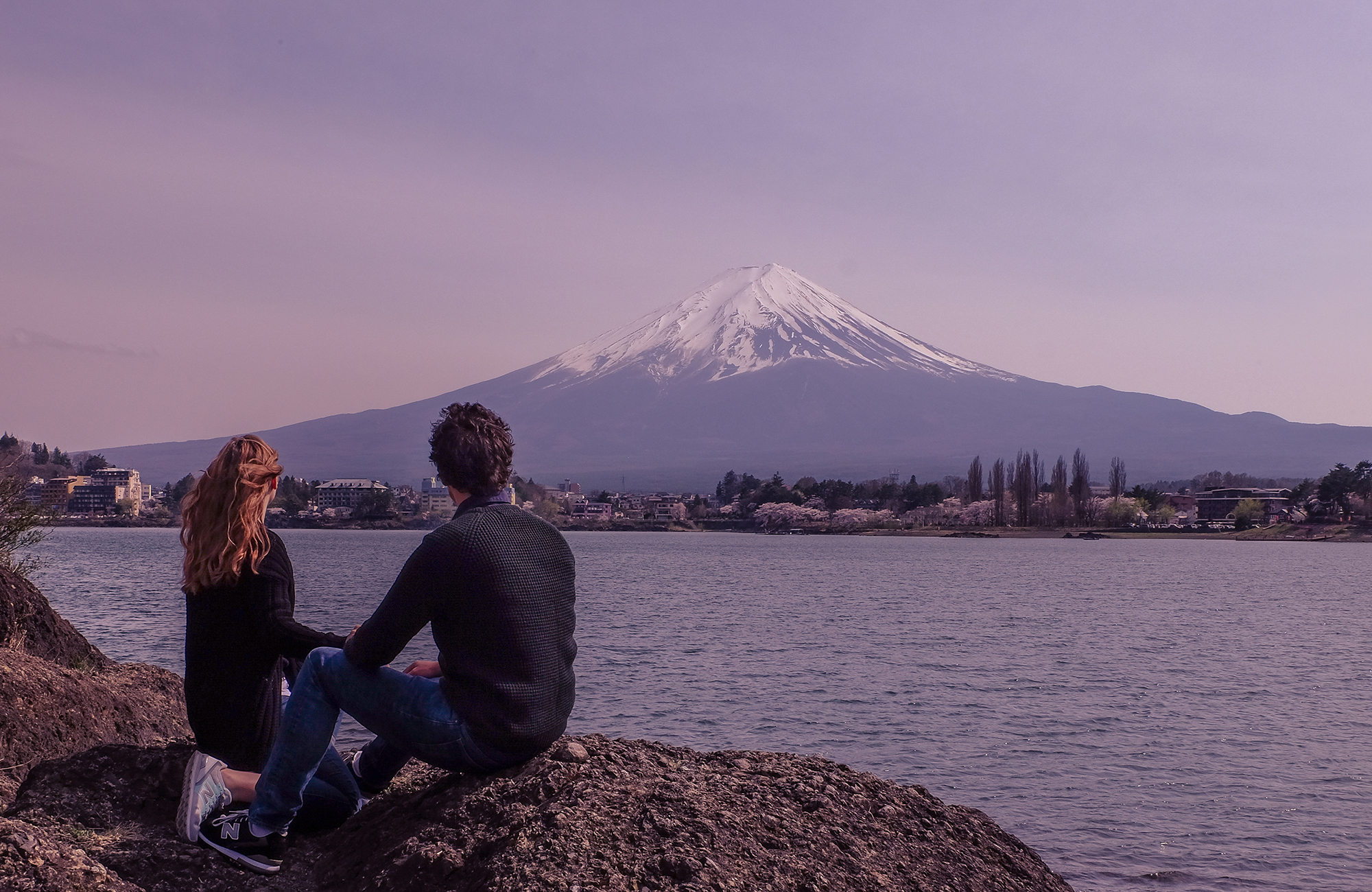
Mount Fuji, the iconic symbol of Japan, is on my list of places to recommend outside Tokyo. This mesmerizing mountain, deeply entrenched in Japanese culture due to its spiritual significance, has long captured the hearts and imaginations of all who encounter it.
The mountain’s allure is vividly immortalized in the renowned forty-six prints created by Hokusai, each piece a testament to the mountain’s timeless beauty.
Glancing at Mount Fuji in real life is like capturing a small fragment of Japan’s soul. My initial encounter with this majestic mountain made me feel like a time-traveller, gaining a glimpse into the natural beauty that has inspired countless individuals throughout history.
Mount Fuji can be admired from various vantage points, each offering a unique perspective:
- Lake Kawaguchiko: In my opinion, the best viewing point, Lake Kawaguchiko offers stunning panoramic views of Mount Fuji. Boat rides on the lake provide a different angle to appreciate the mountain’s grandeur. The surroundings bloom with cherry blossoms in spring and are painted with autumn colours in the fall, creating a picturesque backdrop for the mountain. I recommend Lake Kawaguchiko as the best place for a day trip to Mount Fuji from Tokyo.
- Hakone: A hot spring resort town located outside of Tokyo, Hakone offers breathtaking views of Mount Fuji, especially from Lake Ashi. Enjoy a relaxing soak in an onsen with a view of the mountain, take a scenic boat trip on the lake, or ride the Hakone Ropeway for an aerial view of the landscape. There are many things to do in Hakone on a day trip but if you decide to stay in a traditional ryokan for the night, Hakone is a wonderful place to stay.
- Kamakura: While Kamakura is known for its historical monuments and serene beaches, it also offers a unique view of Mount Fuji from the coastline. The Kotoku-in Temple, home to the Great Buddha of Kamakura, is a must-visit. Immerse yourself in Japan’s rich history while enjoying distant views of the mountain.
Just remember that it’s not guaranteed that you’ll be able to see Mount Fuji, as this elusive volcano is behind clouds for most of the time. Late November and winter are your best chances to catch a glimpse of Mount Fuji. Please always check the weather forecast before planning your trip to Mount Fuji and make sure to arrange it on a clear day, to maximise your chances.
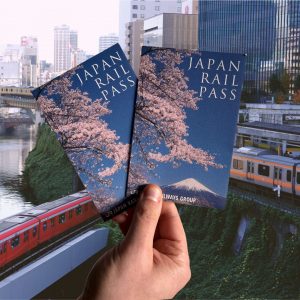
Japan Rail Pass
The optimal way to explore Japan is with a rail pass that is available for durations of 7, 14, or 21 days, offering unlimited travel across the country. Shinkansen included!
Yokohama
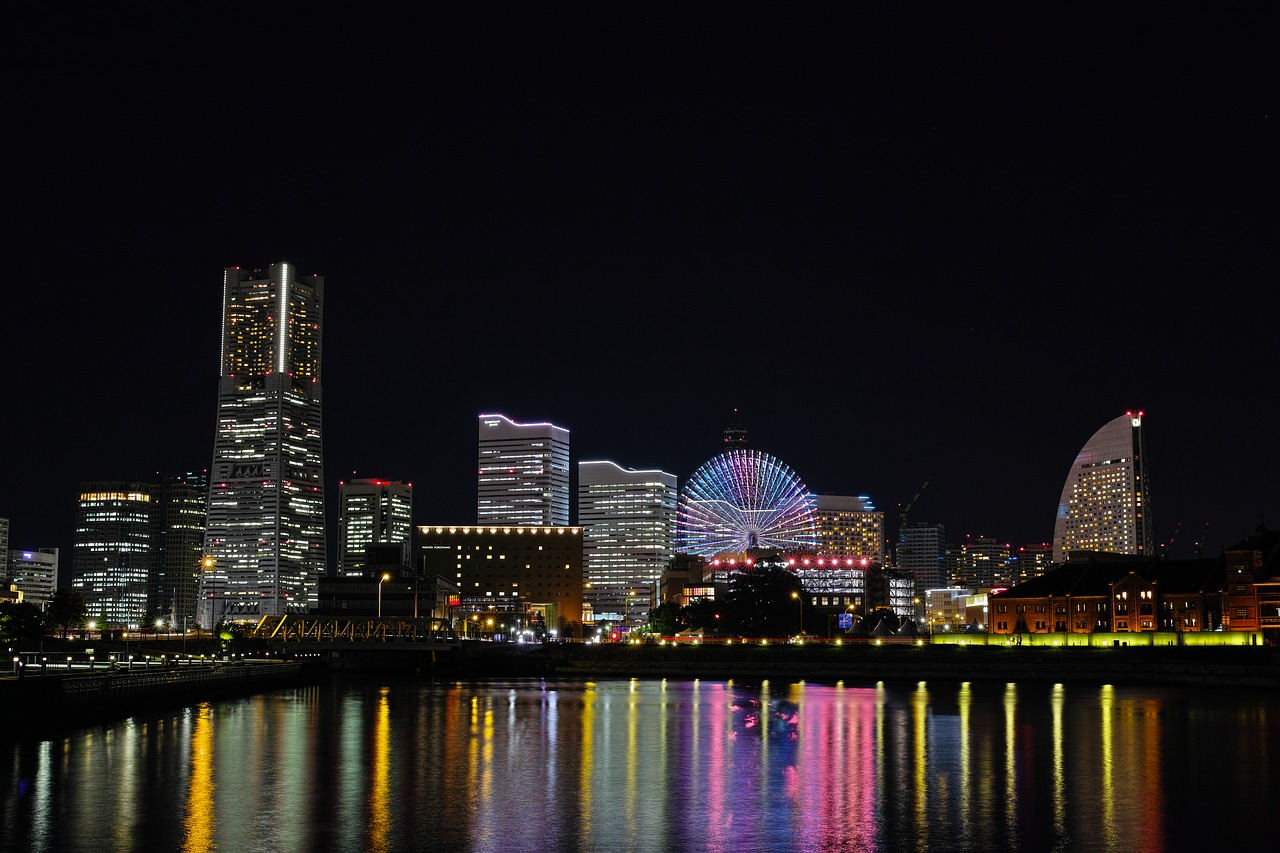
Yokohama, Japan’s second-largest city, is an ideal day trip destination just outside of Tokyo. Its perfect because it’s just a 30-minute train ride from Tokyo on the JR Tokaido Line or the Keihin-Tohoku Line.
Once a small fishing village, Yokohama blossomed into a bustling city after opening its port to foreign trade in the mid-19th century. Today, it’s a cosmopolitan hub teeming with attractions to suit every interest:
Start your day by exploring Minato Mirai 21, a seaside urban area whose name translates to “Port of the Future”. It’s a modern and stylish district boasting numerous attractions, including the Landmark Tower, which offers panoramic views of the city from its Sky Garden Observatory. Close by is the Yokohama Cosmo World, an amusement park known for its giant Ferris wheel, the Cosmo Clock 21.
As the largest Chinatown in Japan, it’s a vibrant area filled with hundreds of Chinese-owned businesses and restaurants. Exploring the colourful streets, sampling authentic Chinese cuisine, and visiting the Kanteibyo Temple are must-do activities. It’s a great place to find souvenirs from Japan.
One of the best things to do in Yokohama is the Cup Noodles Museum, an interactive museum dedicated to instant ramen. Here, you can learn about the history of this popular food item and even create your custom ramen cup to take home.
Snow Monkey Pass
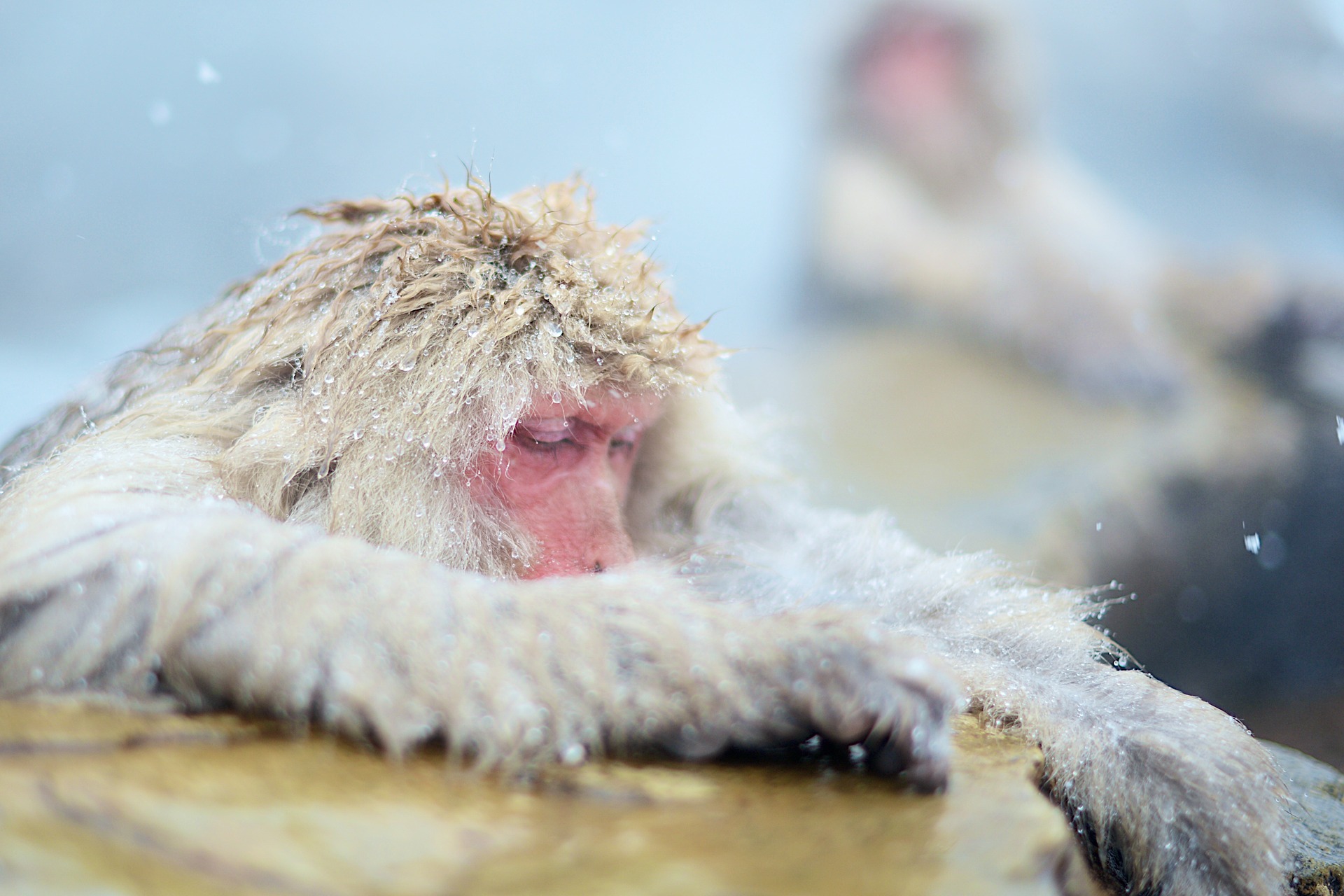
The Snow Monkey Park is an enchanting trip destination outside of Tokyo that ranks high on my list of favourites. I had long wanted to see the famed snow monkeys soaking in an onsen, so I was really excited about taking this trip.
The trip turned into a real adventure, as I hiked into the pouring rain, but didn’t give up, as I really wanted to see these beautiful creatures. You can read about my trip to the Snow Monkey Pass here.
While it’s entirely possible to embark on a day trip to the Snow Monkey Park and return to Tokyo, I would urge you to consider extending your stay. Yudanaka, the area surrounding the park, is renowned for its onsens, or traditional Japanese hot springs. Spending an additional night here not only allows you to unwind in these soothing hot springs, but also provides a glimpse into Japan’s traditional way of life.
Nagano
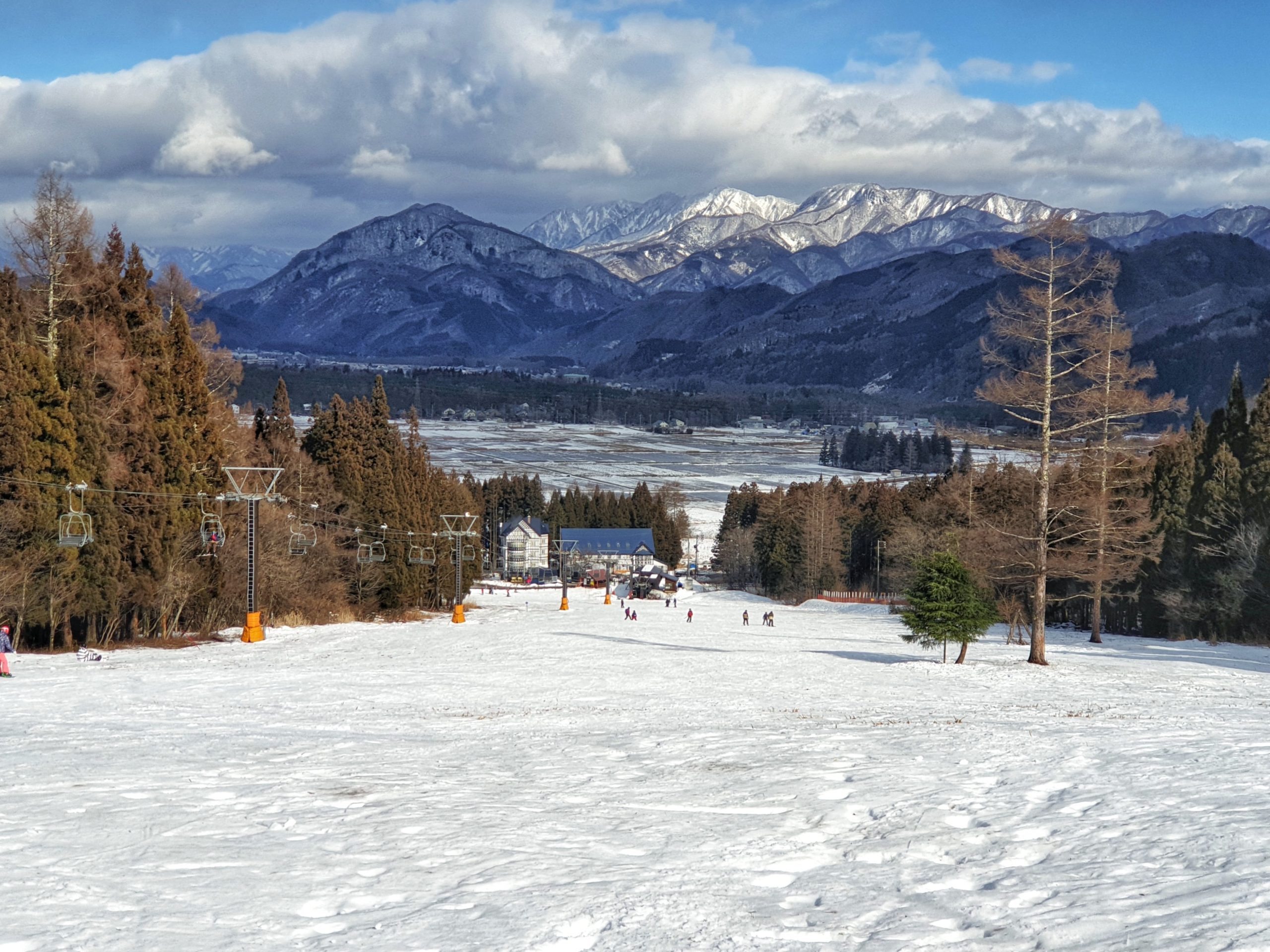
Nagano, located in central Honshu, is an ideal day trip from Tokyo due to its accessibility, natural beauty, historical significance, hot springs, outdoor activities, and Japanese food. With multiple transportation options, including a 2 hour and 30 minutes Shinkansen, it is easy to reach Nagano from Tokyo.
Nagano is the ideal place to visit for its stunning landscapes, as it’s surrounded by snow-capped mountains, including the Japanese Alps. This makes it a perfect destination for nature lovers and outdoor enthusiasts. In winter, Nagano offers excellent skiing, snowboarding, and other winter sports in resorts like Hakuba and Shiga Kogen. During the warmer seasons, you can enjoy hiking, cycling, and exploring scenic spots like the picturesque Kiso Valley.
One of Japan’s oldest and most important Buddhist temples, Zenko-ji Temple, is located in Nagano. Its spiritual ambiance and historical architecture make it a must-visit attraction. Nagano also hosted the 1998 Winter Olympics, adding to its historical prominence.
Nagano is known for its hot springs, or onsen. Onsen towns such as Yudanaka Onsen, Shibu Onsen, and Nozawa Onsen offer unique experiences and a glimpse into Japanese bathing culture.
Savour the region’s speciality, soba (buckwheat noodles), which is highly regarded for its flavour and texture. Nagano is also known for its fresh and seasonal dishes featuring local ingredients like Shinshu beef, apples, and mushrooms.
Todoroki Valley
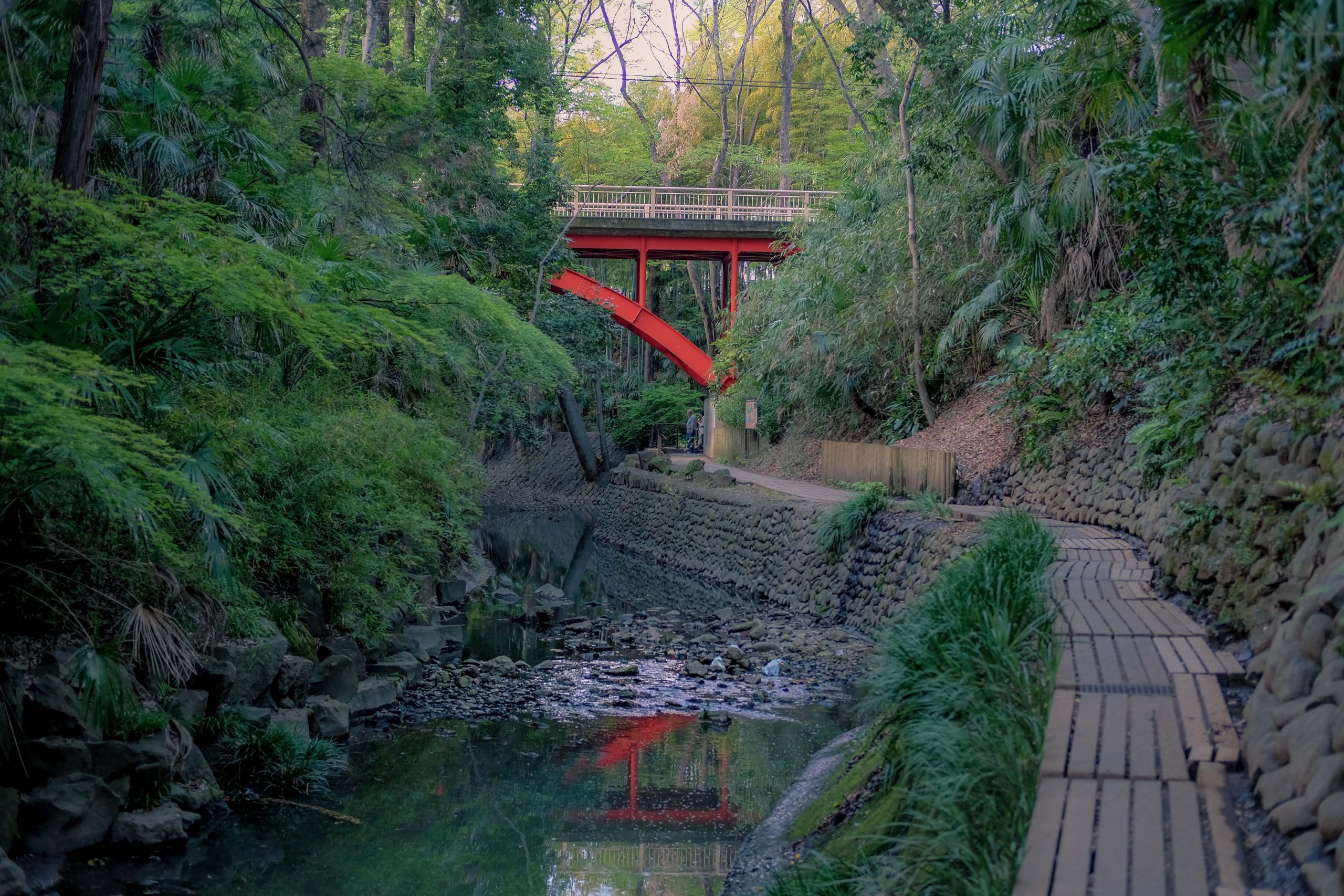
Want something outside of Tokyo but still within the megapolis boundaries? I’ve got you covered. Todoroki Valley offers a peaceful retreat from the busy streets of Tokyo, despite being located within the city itself.
The serene walking trail, beautiful temple, and nearby park offer a chance to reconnect with nature and enjoy a slower pace of life.
Todoroki Valley is easily accessible by public transportation. You can take the Tokyu Oimachi Line or the Tokyu Denentoshi Line to Todoroki Station. From there, it’s just a short walk to the entrance of the valley.
The valley is known for its picturesque walking trail along the Yazawa River, surrounded by lush greenery, making it an ideal place for scenic walks and an escape from urban noise.
Along the trail, you will discover the Todoroki Fudo Temple, a Buddhist temple with stunning architecture. It’s one of my favourite places outside Tokyo for photography.
Read More about Japan
If you’re visiting Japan for the first time, check out my 7 days in Japan itinerary or 2 weeks in Japan itinerary. If you wish to stay longer, have a look at the 3 weeks in Japan itinerary.
I love Japan and created the ultimate list of best things to do in Japan. Don’t forget to check what to pack for Japan and how to dress in Japan.
I have a whole article dedicated to planning a trip to Japan to help you with all the dos and donts. I also answer questions such as is Japan expensive.
Accommodation in Tokyo gets booked superfast, so check where to stay in Tokyo and book your hotel asap. Don’t miss the best 7 day Tokyo itinerary and read about the best things to do in Tokyo. Some tourists want to enjoy some time outside the capital, so I created a great article with the best day trips from Tokyo.
Tokyo is wonderful and has so much great food. See what is the best Japanese food to try during your trip and what type of street food you will want to try in Tokyo. I recommend the Roppongi Hills for seeing Tokyo from above, but there are several other interesting spots too.
Did you enjoy this article? Then please consider buying my book How to Behave in Japan.
Frequently Asked Questions
What cities are surrounding Tokyo?
There are several cities and municipalities that surround Tokyo, forming the Greater Tokyo Area, which is one of the most populous urban area in the world. Here are some examples of the major cities that are just outside Tokyo:
Yokohama – Located just south of Tokyo, Yokohama is the second-largest city in Japan and serves as the capital of Kanagawa Prefecture. It is known for its modern skyline, waterfront attractions, and cultural landmarks.
Chiba – Chiba is east of Tokyo across Tokyo Bay. It is known for its amusement parks, including Tokyo Disneyland and Tokyo DisneySea, as well as its proximity to Narita International Airport.
Saitama – Located north of Tokyo, Saitama is a residential and industrial area, and some of its major attractions include the Railway Museum and the Omiya Bonsai Village.
Kawasaki – Situated between Tokyo and Yokohama, Kawasaki is a city in Kanagawa Prefecture. It is an industrial and residential area and is known for its Kawasaki Daishi Temple and Todoroki Ryokuchi Park.
Machida – Located southwest of Tokyo, Machida is a suburban area known for its shopping malls, parks, and the Machida Squirrel Garden.
Kawaguchi – Situated north of Tokyo, Kawaguchi is a residential area known for its cultural attractions such as the Kawaguchi Shrine and the Aoki-Hokubei Hachimangu Shrine.
What is the outskirt of Tokyo?
The outskirts of Tokyo are generally less densely populated and have more suburban or rural characteristics compared to the central parts of Tokyo. Here are some areas that are considered to be on the outskirts of Tokyo:
Tama Area: Located to the west of central Tokyo, the Tama Area encompasses several cities and municipalities, including Tachikawa, Hachioji, Machida, and Fuchu. This region is known for its residential neighbourhoods, nature parks, and the Tama Forest Science Garden.
Edogawa Ward: In the eastern part of Tokyo, Edogawa Ward marks the border between Tokyo and Chiba Prefecture. It is a primarily residential area with suburban neighbourhoods and waterfront parks along the Edogawa River.
Ota Ward: Located in the southern part of Tokyo, Ota Ward is adjacent to Kanagawa Prefecture. It is known for its mix of residential and industrial areas, as well as Haneda Airport, the Anamori Inari Shrine, and the Ota Memorial Museum of Art.
Arakawa Ward: Situated in the northeastern part of Tokyo, Arakawa Ward is bordered by the Arakawa River. It is a largely residential area with some commercial districts and sites like the Asukayama Park and the Arakawa Yuen amusement park.
Katsushika Ward: Located in the eastern part of Tokyo, Katsushika Ward is known for its residential neighbourhoods, historical temples, and the Shibamata district, which offers a traditional atmosphere with its old-style buildings and shopping street.
How far is Fuji from Tokyo?
The distance from central Tokyo to the base of Mount Fuji is about 100 kilometres (62 miles) in a straight line. Travelling from Tokyo to Mount Fuji takes around 2 to 3 hours, depending on the chosen route. There are various transportation options available, including trains, buses, and private tours, that provide convenient access to Mount Fuji from Tokyo.

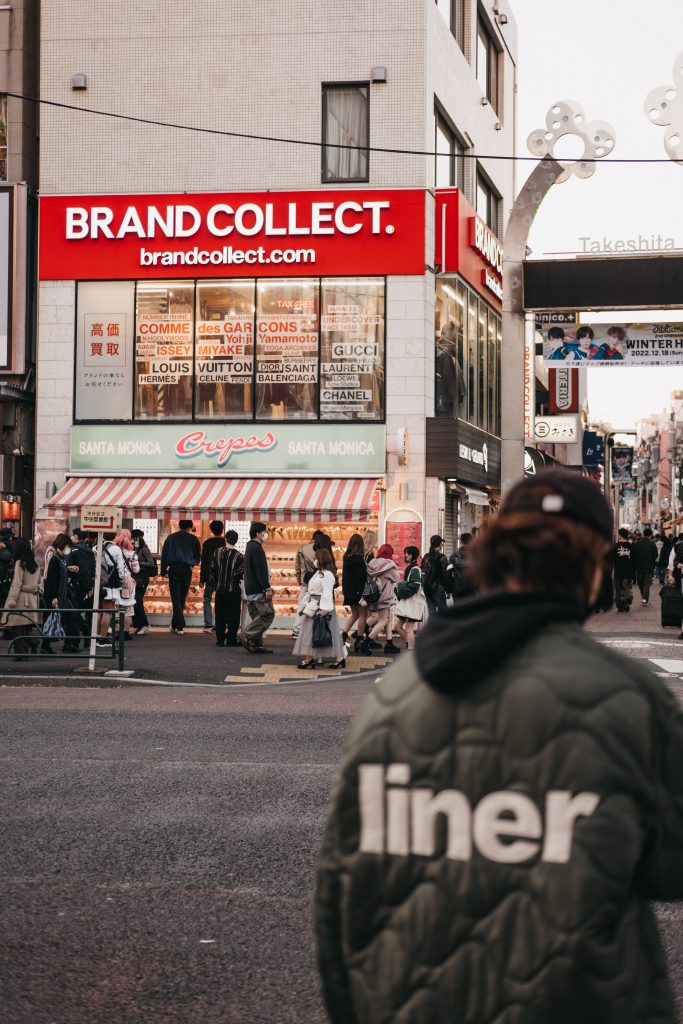
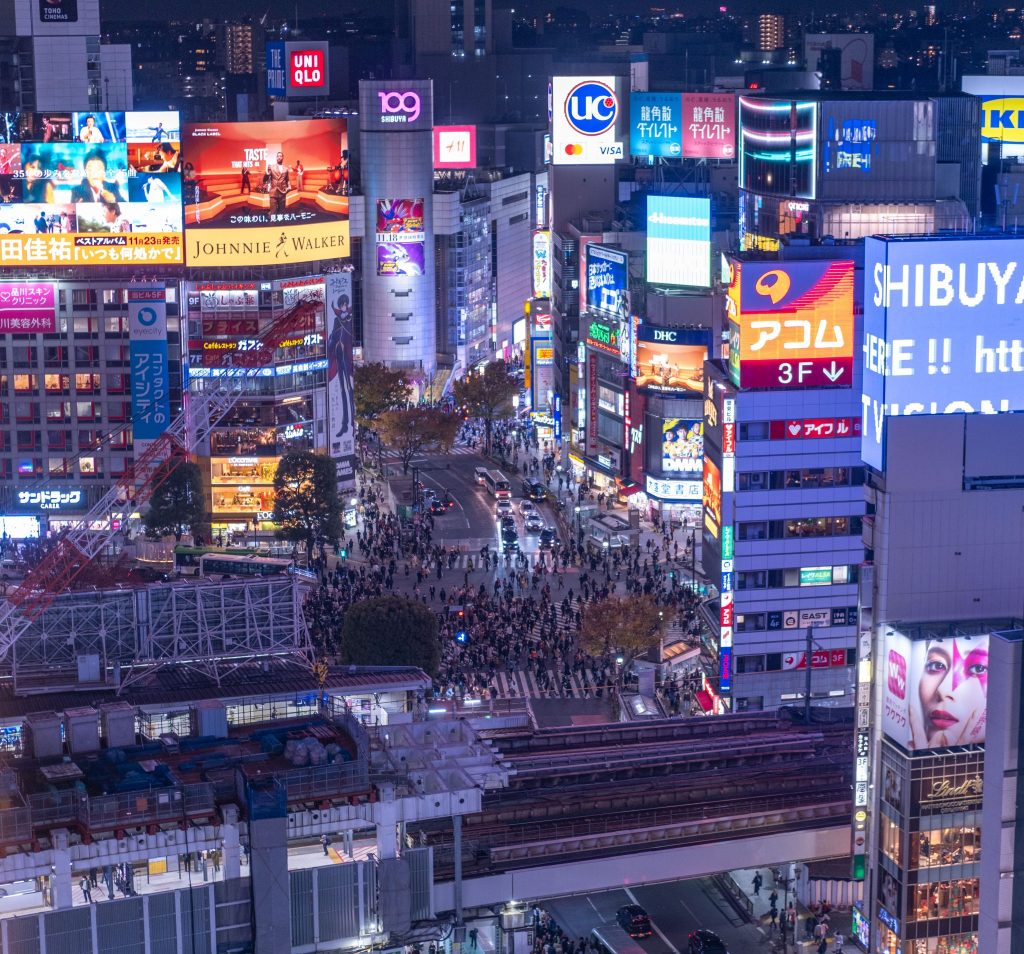
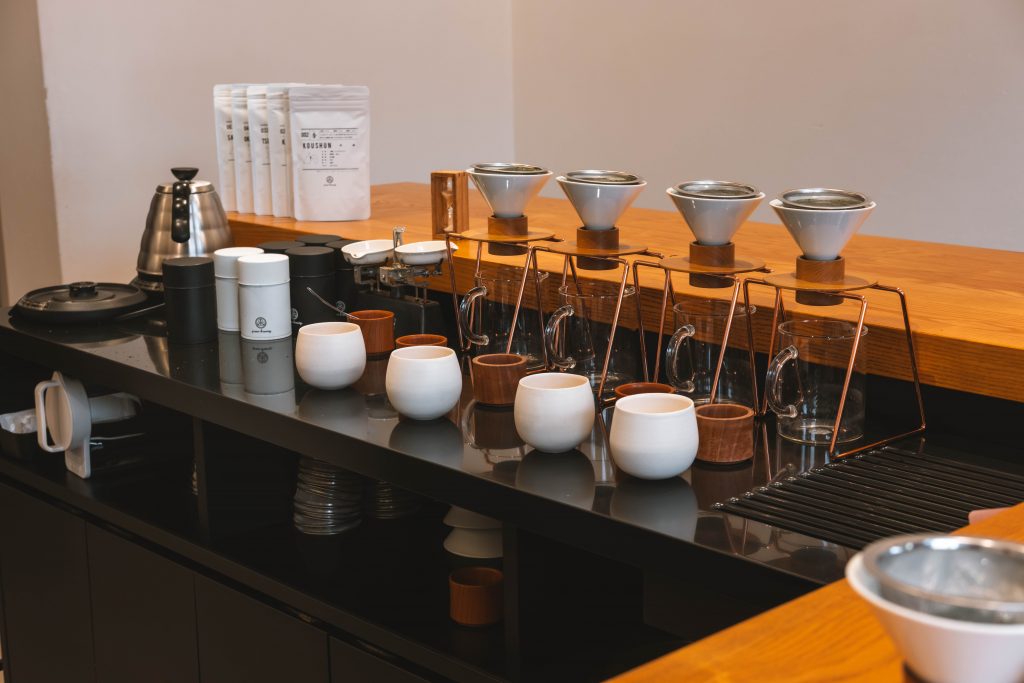
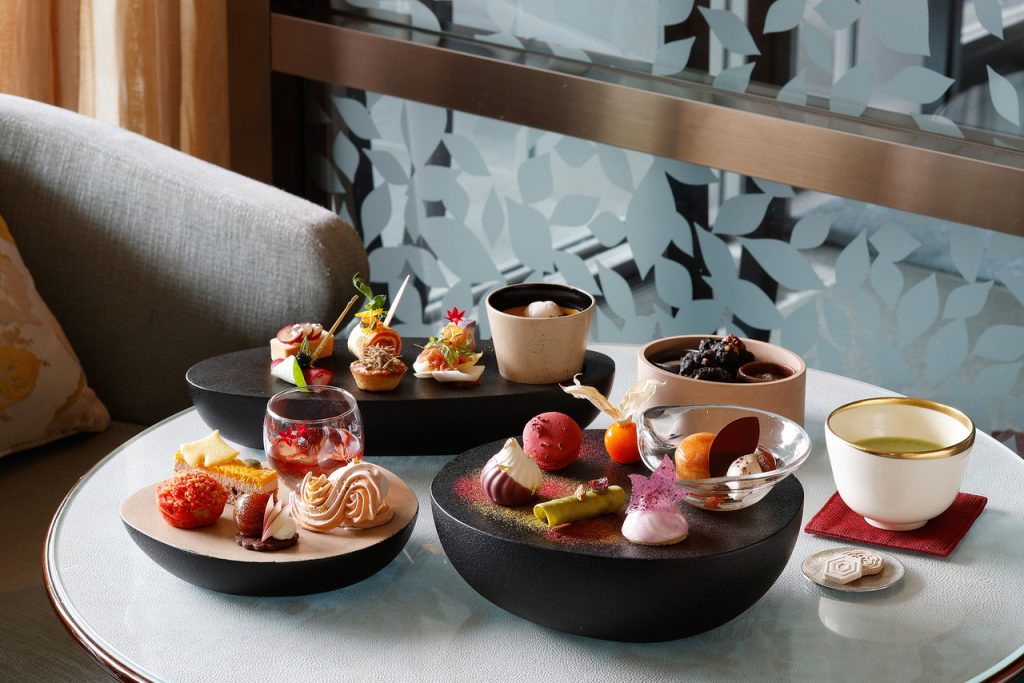
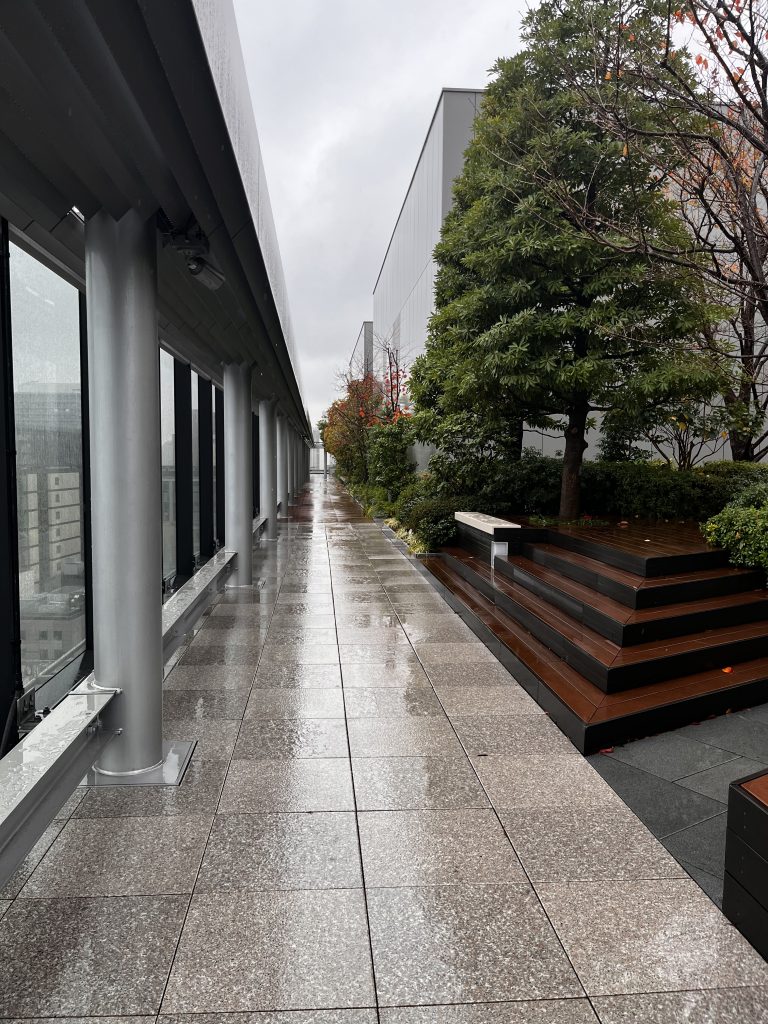
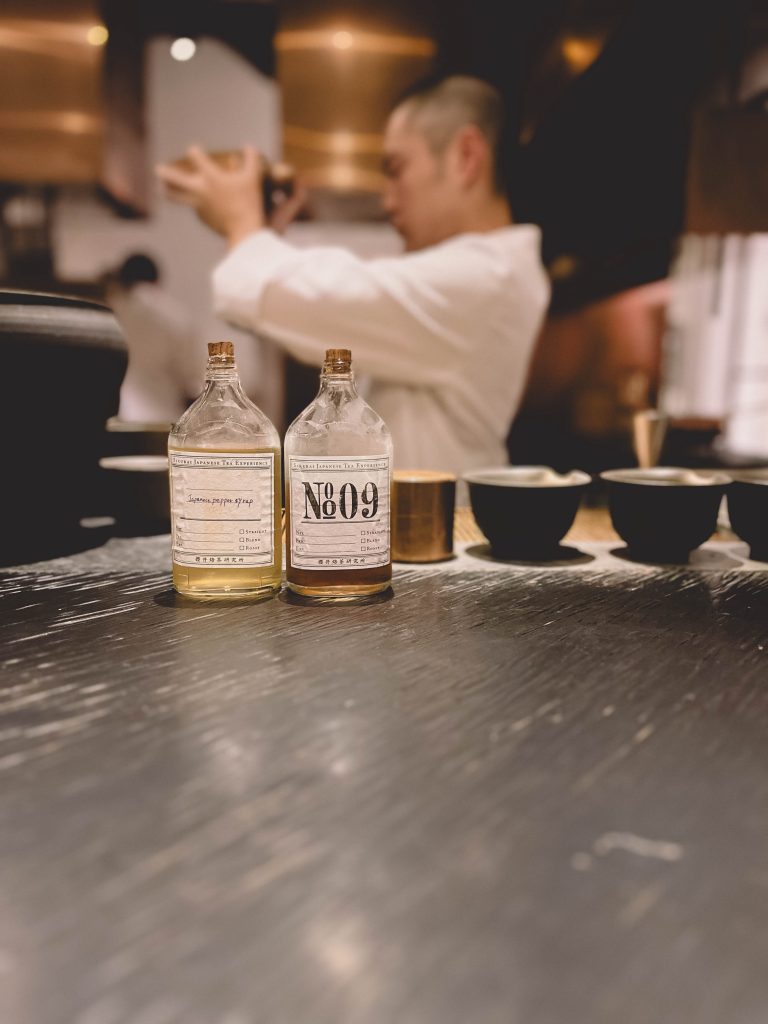


Leave a Reply